Many people often confuse advertising displays with televisions because they do look quite similar in appearance. However, there are distinct differences in their applications, especially in a retail setting.
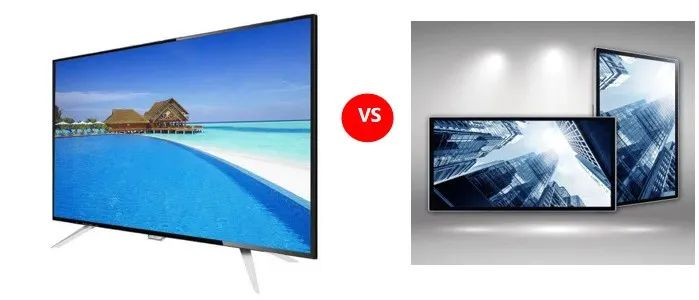
1. **Attributes and Usage Differences**
An advertising display is a new media concept referring to a multimedia professional audio-visual system that displays commercial, financial, and entertainment information through large-screen terminal display devices in various outdoor and other public places where people gather.
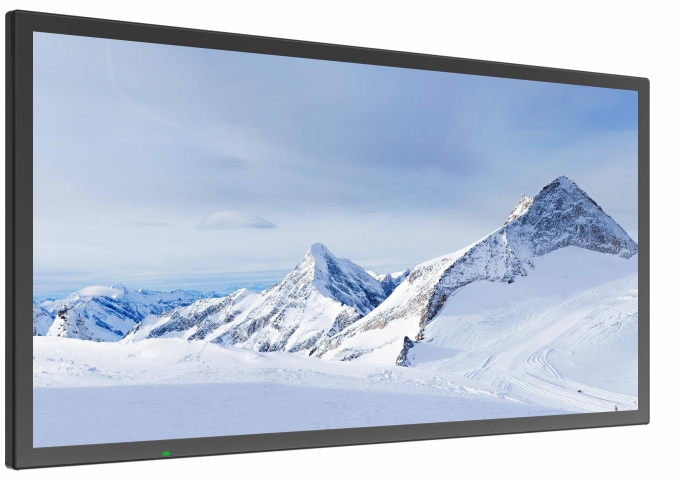
A television is a device primarily composed of parts like a high-frequency head, accompanying audio head, audio channel, public channel, synchronous scanning channel, color control display, and power, widely used in households.
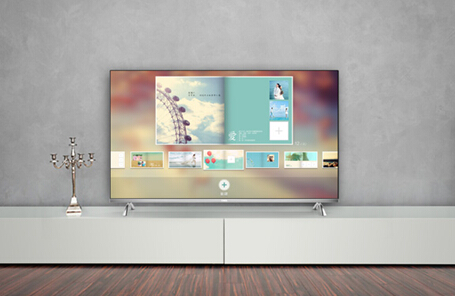
2. **Safety Index Difference**
Televisions often use ordinary plastic shells. Aging of the shell or short circuits in the internal circuit can easily cause a fire, resulting in a lower safety factor.
Advertising displays use non-combustible materials for their entire casing. In case of an open flame, they deform but do not combust, significantly increasing safety, especially in public spaces. Advertising displays also have dedicated anti-theft systems.

3. **Comparison of Light Sources**
Advertising displays use edge-lit LED light sources, which have advantages in terms of size, brightness, power consumption, material, viewing angles, and refresh rate when compared to regular televisions.
**Brightness Comparison**
Commercial advertising displays use large chips for the light source, providing high brightness and stable continuous light.
**Light Decay Comparison**
The lifespan of LED backlighting in advertising displays can be up to 50,000 hours. Even with 10 hours of continuous use per day, they can last up to 12 years. In contrast, the light source used in regular televisions has a much shorter lifespan due to significant light decay.
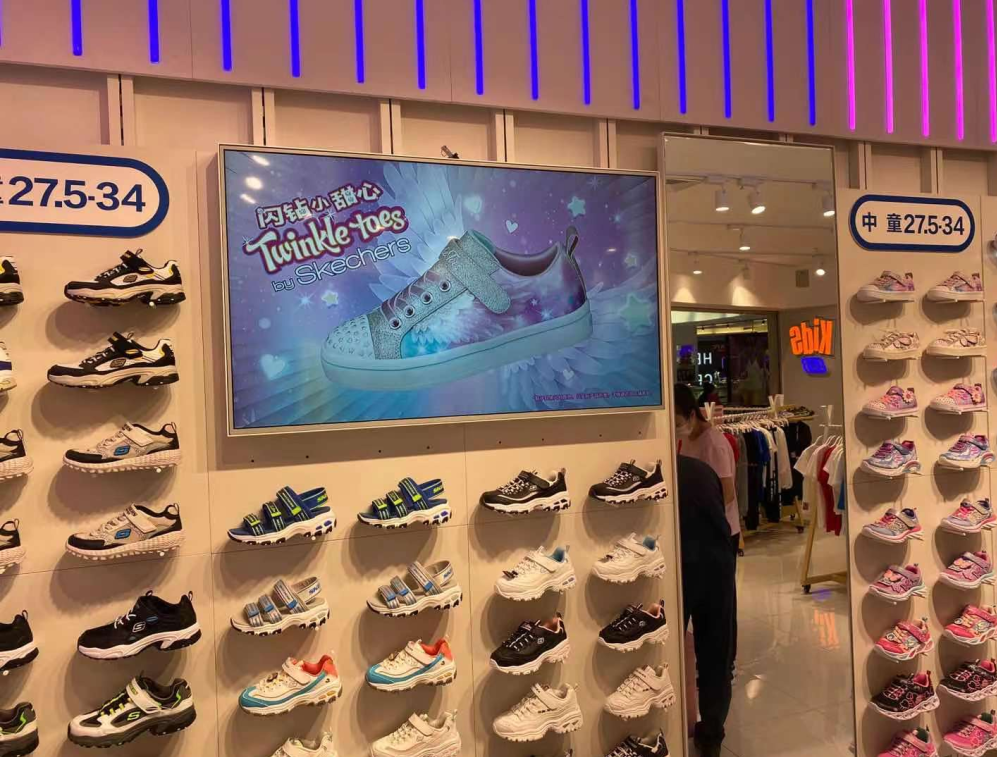
**Power Consumption Comparison**
LED backlighting in advertising displays is energy-efficient, resulting in lower energy consumption compared to televisions at the same brightness level, contributing to energy savings and environmental protection.**Quality Assurance Comparison**
LED backlighting in advertising displays is industrial-grade, with high-temperature resistance, excellent stability, good heat dissipation, and weather resistance. They have a higher refresh rate and perform better in terms of warranty, providing a longer lifespan.
4. **Difference in Information Display**
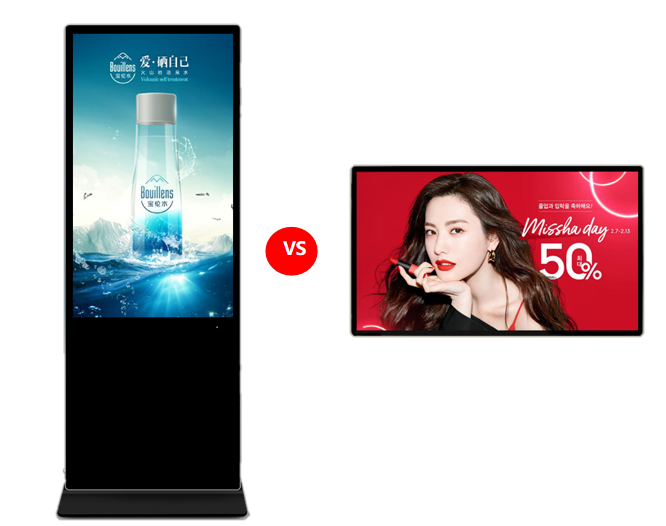
While regular smart TVs have built-in smart systems, most of them cannot integrate with an information display system. They can only play customized content through USB drives or external playback boxes, which increases hardware costs and troubleshooting time and labor.
On the other hand, advertising displays often use Android or Windows systems, offering novel technology and simple operation. They have features like scheduled power on/off, emergency inserts, setting annotations, synchronous playback, etc. They support various content types such as videos, images, scrolling text, split screens, full-screen playback, and custom templates.
In summary, for digital signage in a retail environment, an advertising display is more suitable due to its safety, lighting advantages, energy efficiency, and better integration with information display systems compared to a regular television.

